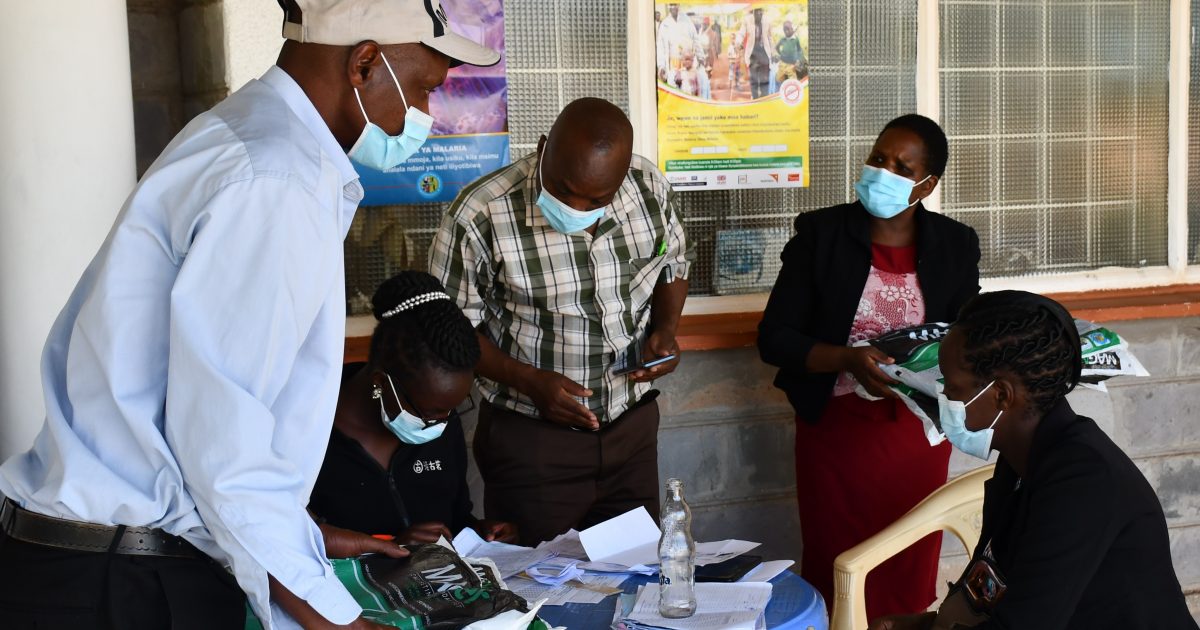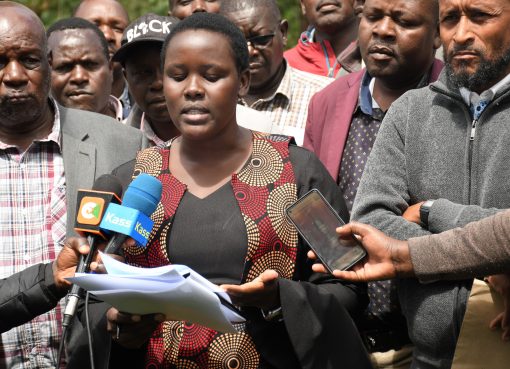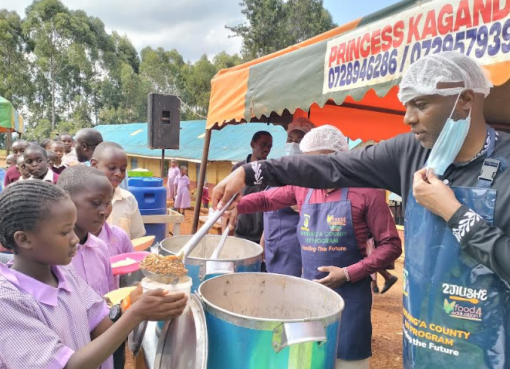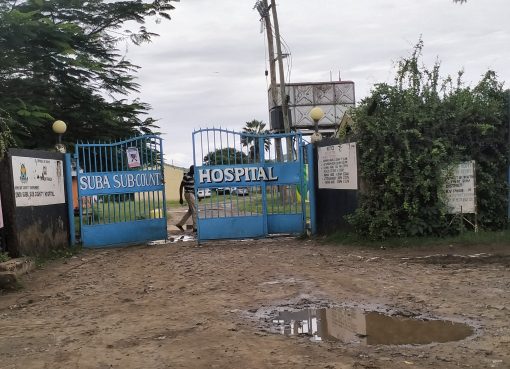Kericho County has begun mass distribution of mosquito nets to residents in all six Sub- Counties to prevent Malaria outbreak whose prevalence rate was 3 per cent last year.
Speaking during a stakeholders meeting held at the Kericho County Referral Hospital, the area Malaria Control Coordinator Richard Siele said 621, 237 Long Lasting Insecticidal Nets (LLINs) will be distributed to a total population of 1,016,565.
According to Mr Siele, officers from the Ministry of Health registered 198,614 households in 2, 649 villages in the entire County for the nets.
He added the head of each household will be notified on where to pick the nets from among the 31 drop-off points mapped out.
“We already have the exact number of people in each household and with that we will now be able to give out nets equally across the county. The priority target group is the general population, one net for two people as stipulated by World Health Organisation,” Mr Siele said.
Meanwhile, Kericho East Deputy County Commissioner Stephen Orinde has assured the public that the five-day exercise will be conducted peacefully with the help of Chiefs, Assistant Chiefs, and Village Elders who will play a significant role in maintaining law and order at the centres where the public will be picking their nets.
“Members of the Public who got registered for the nets should show up at designated centres within their villages with their Identity Cards and should be orderly and adhere to the Covid-19 containment measures during the exercise,” Mr Orinde said.
In the recent past, hospitals in Kericho County have been stepping up efforts to ensure that pregnant women are well protected from malaria through free provision of mosquito nets as they are deemed to be a high-risk group.
The county Malaria Control Coordinator also pointed out that it is not only pregnant women who are at high-risk but also children under the age of 5, elderly population over the age of 70, and people with compromised immunity who need to be covered by a treated mosquito net for protection.
“Kericho County is classified as one among the highland epidemic-prone zones and the most common parasite here is the Female Anopheles (Plasmodium Falciparum) which causes malaria,” said Mr Siele.
According to the World Health Organisation, the long-lasting insecticidal nets have played an important role in reducing the malaria burden over the past decade.
LLINs are nets treated in the factory with an insecticide incorporated into the net fabric which makes the insecticide last at least 20 washes in standard laboratory testing and three years of recommended use under field conditions.
“Eradication of Malaria remains high among the priorities of Kericho County given the strong political commitment from the County leadership and that advocacy was still ongoing for external programme funding and technologies to help the eradication of malaria both locally in the County and nationally,” said Mr Siele.
By Kibe Mburu





